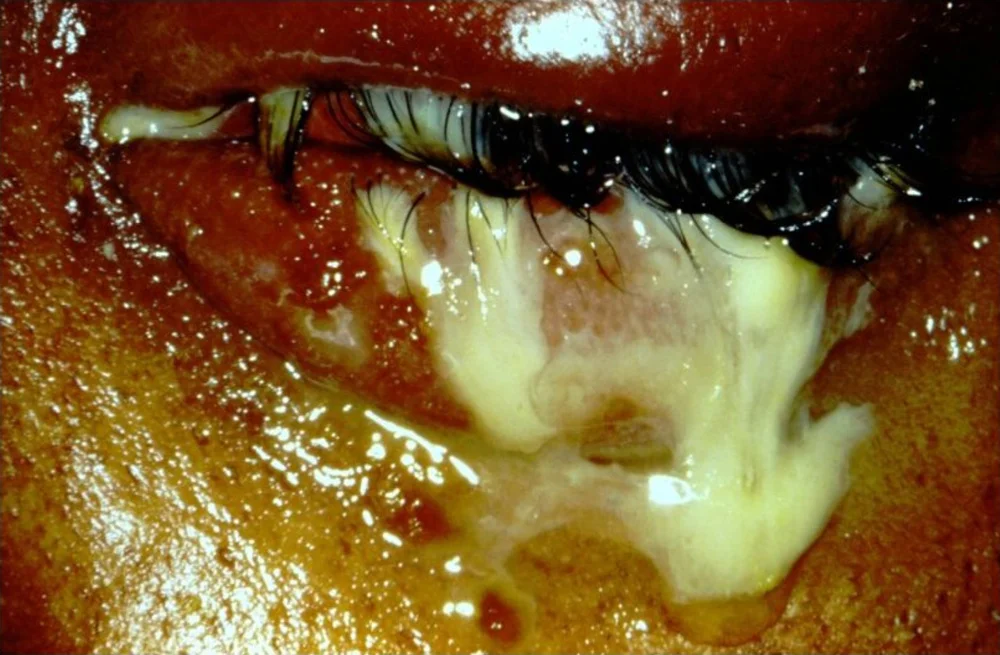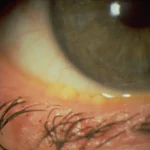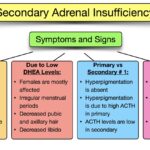Bacterial conjunctivitis, commonly referred to as “pink eye,” is an inflammation of the conjunctiva caused by bacterial infection. This condition is prevalent worldwide and can affect individuals of all age groups. Here, we delve into the symptoms, causes, treatment options, and prevention strategies to help you manage this common eye infection effectively.

What Is Bacterial Conjunctivitis?
Bacterial conjunctivitis occurs when bacteria invade the conjunctiva, the transparent membrane covering the white part of the eye and the inside of the eyelids. The infection leads to redness, swelling, and irritation, often accompanied by discharge.
Common Bacteria Responsible
The most frequently implicated bacteria include:
- Staphylococcus aureus
- Streptococcus pneumoniae
- Haemophilus influenzae
- Moraxella catarrhalis
Types of Bacterial Conjunctivitis
- Acute Bacterial Conjunctivitis: Rapid onset, commonly resolves within 1-2 weeks with proper treatment.
- Chronic Bacterial Conjunctivitis: Symptoms persist for over four weeks, often associated with repeated exposure or underlying conditions.
Symptoms
Understanding the symptoms is key to early diagnosis and management. Key indicators include:
- Redness: Persistent redness in the white part of the eye.
- Discharge: Yellow or green discharge that may cause the eyelids to stick together, particularly in the morning.
- Swelling: Puffiness of the eyelids.
- Irritation: Grittiness or a foreign body sensation in the eye.
- Tearing: Watery eyes, though less common than in viral conjunctivitis.
Causes and Risk Factors
Bacterial conjunctivitis results from exposure to bacteria through various routes. Common causes include:
- Direct Contact: Touching the eyes with contaminated hands.
- Contaminated Surfaces: Sharing towels, makeup, or other personal items.
- Underlying Conditions: Sinus infections or ear infections can increase susceptibility.
Risk Factors
- Poor hygiene
- Use of contact lenses
- Crowded living conditions
- Compromised immune system
Diagnosis of Bacterial Conjunctivitis
Diagnosis is typically clinical but may require additional testing in severe or persistent cases.
Diagnostic Methods
- Visual Examination: Observation of symptoms by a healthcare provider.
- Culture Tests: Swabbing the conjunctiva to identify the causative bacteria.
- Differential Diagnosis: Ruling out viral, allergic, or other forms of conjunctivitis.
Treatment Options
Effective treatment depends on prompt intervention and adherence to prescribed therapies.
Medical Treatments
- Antibiotic Eye Drops: Commonly prescribed options include fluoroquinolones, polymyxin B/trimethoprim, or aminoglycosides.
- Ointments: Antibiotic ointments like erythromycin are often used in pediatric patients.
Home Remedies
- Warm Compresses: Reduce discomfort and help clear discharge.
- Maintaining Hygiene: Washing hands frequently and avoiding eye contact.
Recovery Time
Most cases resolve within 5-7 days with appropriate treatment. Chronic cases may take longer and require further investigation.
Prevention Strategies
Preventing bacterial conjunctivitis involves reducing exposure to bacteria and maintaining good hygiene.
Tips for Prevention
- Hand Hygiene: Wash hands frequently with soap and water.
- Avoid Sharing Items: Do not share towels, makeup, or contact lenses.
- Proper Contact Lens Care: Follow recommended cleaning and storage protocols.
- Avoid Touching Eyes: Minimize hand-to-eye contact.
Complications to Watch For
While bacterial conjunctivitis is usually benign, complications can arise if untreated. These include:
- Keratitis: Inflammation of the cornea.
- Orbital Cellulitis: Severe infection around the eye.
- Vision Impairment: Rare but possible in severe or neglected cases.
Its a treatable condition that requires timely intervention and preventive care. By recognizing the symptoms early, adhering to treatment, and maintaining hygiene, individuals can reduce the risk of complications and transmission. For persistent or severe symptoms, consult an eye care professional promptly.

